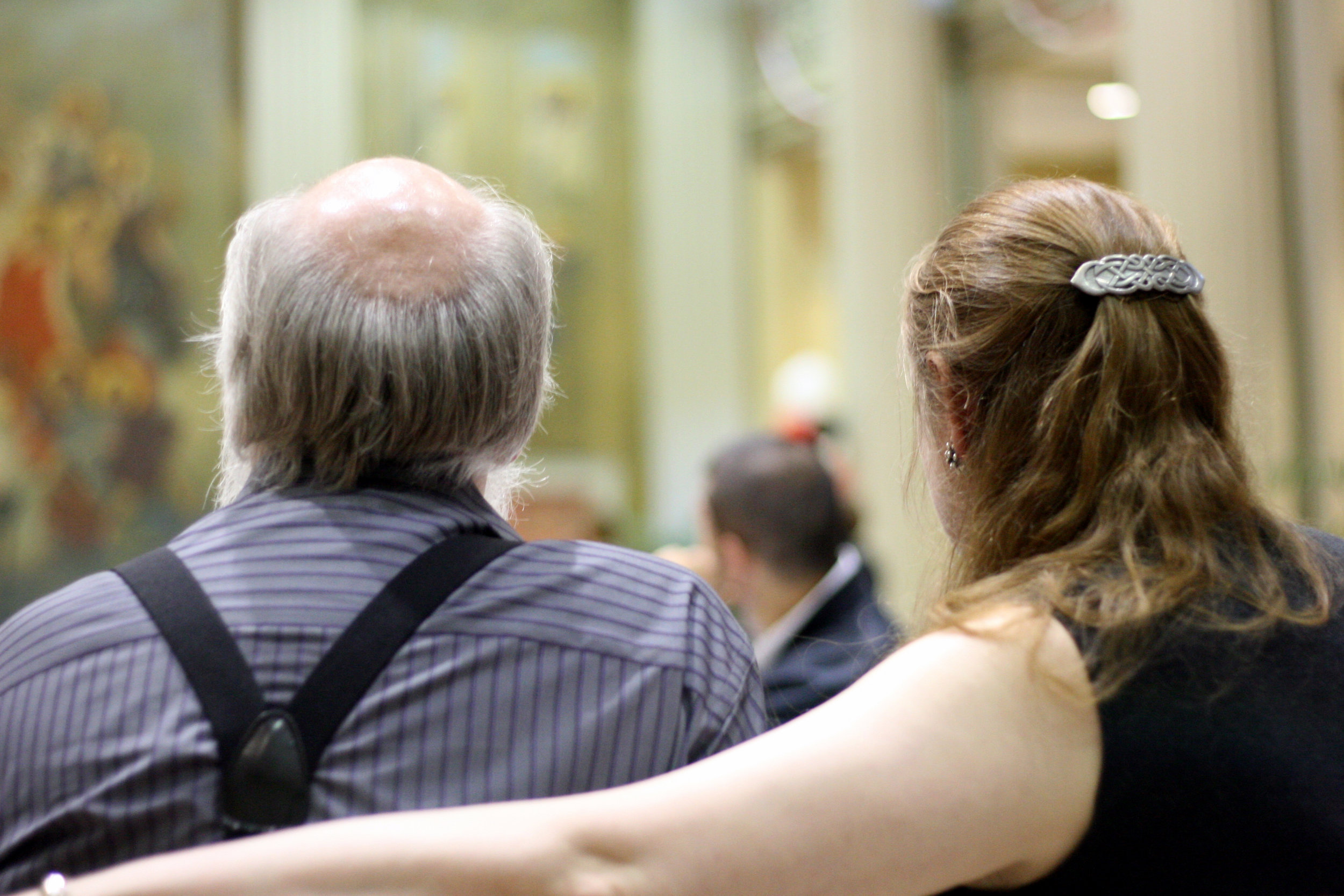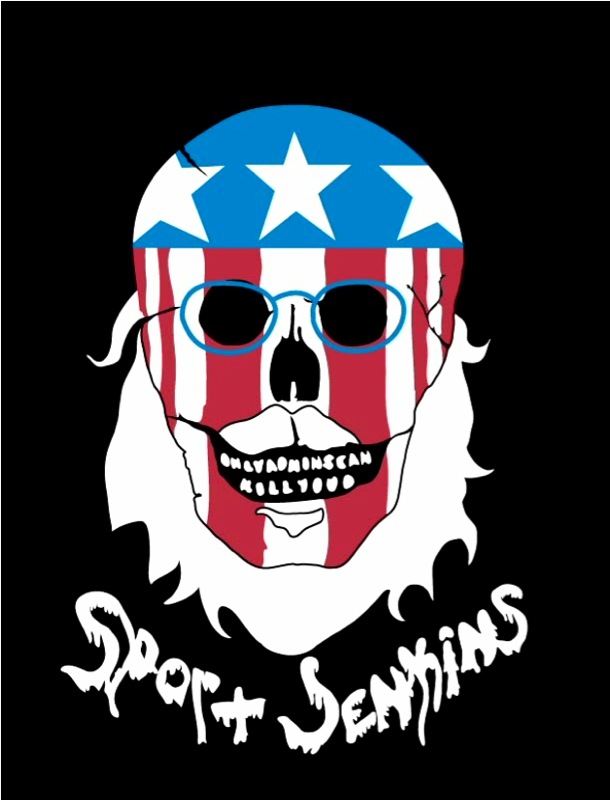Memories of Senior House: Life as MIT Housemasters (Part Three)
/
EXPERIMENTS IN DEMOCRACY
An anti-authoritarian dorm needed a strong sense of self-governance, but things had often been rocky on these fronts. The dorm had famously burned its house constitution in the 1980s and never bothered to write another one. We could imagine a dorm run with a strong social contract and a high degree of trust or perhaps with a townhall tradition. But, there were house officers and our first few years as housemasters, there was no ended of disputes about the integrity of the election process, including voting boxes which disappeared and re-emerged seemingly stuffed with uncast ballots. Many students complained to us about various abuses of authority or systemic privileges (“grease”) associated with this system; many of our struggles in our early years in the dorm centered on such conflicts. Many of the student leaders lived in Runkle Tower, the highest point in the dorm, and Runkle was sometimes characterized as an old school party machine.
To insure trust, the housemasters and graduate student tutors took over the running of the election, and as we did so, there was a dramatic increase in civic participation. One year, the election was hotly contested. On the first ballot, we had a tie with 80 percent of the students casting votes. We ran the election again and reached 90 percent participation and still it was a tie. With no rules to guide us, we decided to extend the election for one day and personally reach out to the 12 students who had not voted, feeling that any other process would result in less democratic input not more. But, this proved controversial, and one night, when I was sick as a dog with the flu, we were up most of the night with one delegation after another of angry students coming from different parts of the dorm demanding that we reconsider our approach. And my inbox the next morning was full of fiery emails. It was a painful moment, but I was so excited that it got the whole dorm debating mechanisms of democratic decision-making. Later, students suggested that we should have called a town hall meeting and let everyone haggle it out. After that, we never went into an election before the students had worked out together a clear mechanism for resolving any ties that might have emerged.
We hosted a candidate forum in our living room each year and we were always a bit bemused by the practiced inarticulateness of the candidates: none of them wanted to seem too smooth, most of them ran on their willingness to tell off the admins if it came down to it, but in the end, most years, the house officers represented a cross-section of the house’s different cultural communities. We mentored the house officers and often heard that they found the experiences of self-governance, especially managing a large scale event like Roast, were more valuable to them than any class they took while attending MIT. Having fought so hard to help students develop a stronger sense of civic agency, you can imagine our frustration when student life administrators sought to route around the students, refusing to meet with them about issues that impacted their lives and insisted on dealing with only us, or when students were encouraged to turn over their responsibilities to live-in admins who sought “only to make their lives better.
TRANSFORMING A DORM
Above all, the dorm was constantly changing -- and that’s why the students held onto certain traditions and rituals as steadfastly as they did. When we first arrived, the dorm was undergoing a transition as a process of remodeling and refurbishing was taking place. (This after students had rallied to prevent their dorm from being shut down altogether). The rennovation process required some interventions on our part, chewing out the construction crew more than once for starting too early in the morning, a cardinal sin in a culture where studying into the wee hours was the norm. On the other hand, we also had to reign in some of the students. One night, we heard noise in the courtyard and came out to see one of the students riding construction equipment around the building. He had hot-wired the key. He grinned at us and said, “they know we are MIT students. If they didn’t want us to play with these things, they shouldn’t leave them lying around.” But, for each such incident, there were moments where the students and administration worked together, through a planning process which solicited student feedback and received thoughtful responses.
The dorm was moving from a vertical organization, with separate entries into six different parts of the building to a more horizontal structure, where most students entered through the same lobby. We were surprised by how disruptive this cultural shift turned out to be: different cultures could coexist easily without interfacing with each other in the old structure, now they had to become part of a larger community. Part of our role was to help with that transition. A strong argument could be made, and we would agree with it, that taking down the walls created more conversations amongst students house-wide. But the students who had lived there before the change had strongly identified with the different entrances and they wanted some way to symbolically mark those turfs: we ended up repainting the hallways to mark off where the other divisions had been with different colors, chosen by the students at a house meeting, acknowledging the historic boundaries even as the dorm culture was becoming more integrated and developing a stronger collective identity. The old physical walls had been rendered symbolically but were now permeable. Once again, rituals provided a way of working through conflicts and contradictions within the dorm culture.
The emphasis on color coding reflected a culture with a strong tradition of murals. Students were free to paint their own rooms however they wanted as long as they signed a contract to paint them back when they left or find a new resident who liked their decoration choices. Many painted murals on the hallway walls, and we helped to implement a policy where residents would work out their consent to the chosen motifs, which might range for op art to Russian constructivism, underground comics to science fiction book covers, some original, many appropriated. Taken as a whole, they gave a snapshot of the dorm’s varied cultures to anyone who knew how to read it. When we moved in, the walls were encrusted with several decades worth of murals, which then were painted over during the renovations. A team had scanned all of the murals before they were destroyed and built a Quake mod which modeled the old dorm.
By the time we left, a whole new set of murals had gone up and they were painted over when the administration redefined the dorm for graduate student housing. Currently, there is an art exhibition in the MIT Student Center celebrating this tradition of murals, including many images hastily and lovingly captured, as students were moving out of the dorm for the last time. This video brought back a rush of fond memories when one of the alums shared it with me as I was pulling together these posts.
END OF DAYS?
When we announced we were leaving MIT and thus the dorm, we received so many nice emails (and this being Senior House, a few pissy ones) about our time as their housemasters. Every year at Roast, there was a new t-shirt design, warping and reconfiguring the Sport Death symbol. One year it might be Spork Death, another Sport Cthulhu or a Japanese manga version. This particular year, the shirt said Sport Jenkins and had an image of the skull, with beard and glasses, in my honor. Appropriately, the slogan was "Only Admins Can Kill You." If this was a series like To Serve Them All My Days, this would have been the money scene -- the scene where it all came together. And that was certainly what we felt at that moment as a courtyard full of current and former students applauded. The students also gave us Lamda Sigma Delta t-shirts with the phrases, “Mom” and “Dad,” another sign that we had been incorporated into the dorm culture through the years. And they put a plaque in our honor next to the desk, paying tribute to our long tenure in the house.
We certainly made our share of mistakes through the years -- students we misjudged for better or for worse, choices we might have made differently with 20-20 hindsight, situations we tolerated that perhaps we should not have, but in the end, we came to appreciate that our work mattered to the students whose lives we had touched. We had served. We had observed so much change in the dorm and its culture across those years, despite its reputation for having a strong sense of tradition. Some of the changes came from within as different generations of students passed through its doors. Some of the changes came from outside as the dorm was renovated, as new rules and structures were imposed. But however much changed, the dorm was never allowed to escape its reputation, with negative impressions about Senior House culture passed on to newly hired administrators almost the moment they arrived on campus (in no small part because Keyser’s book has become a handbook for life at MIT) and those impressions were hard to shift once they took shape. We fought many battles through the years to try to preserve what we valued in the dorm culture but we knew all along that sooner or later, Senior House would lose the war.
So, given all of this history, it was painful to watch the dorm’s demise. The reasons why MIT chose to close the door have not been made public so I can not address them here. I wasn’t there. I do not have any insights about what did or did not happen. But I mourn the loss. This was a culture we had come to value -- a vital space for MIT students who did not fit the mold. We had watched the dorm struggle with both internal divisions and external pressures. It was not a perfect place by a long shot, but we have heard from many former residents that they would have had trouble completing their MIT degrees without the specific support this community offered. Senior House was an authentic community with rich traditions and rituals and a strong sense of continuity. I am crushed that the dorm as we knew it is no more. But we were happy to learn that when the decision came down to close the dorm, every other dorm on campus flew a Sport Death banner in solidarity and defiance. We were proud to watch students we had taught how to pursue their goals through the system organize rallies, petitions, sit-ins, to protest the administration’s decisions. We had always told them to pick their battles -- this was the one they had to win, but even though in the end, the administration refused to reverse its decision, they fought that final battle well. And we are proud to have shared some of our life with them.



